Apparatus Required:
- Conical flask
- Measuring cylinders
- Measuring pipettes
- Burette
- Burette stand
Reagents:
- Conc. Acetic acid
- Potassium Iodid crystals
- Sodium thiosulphate (0.025N)
- Starch indicator
- Chlorinated water
THEORY:
Free chlorine:
Free chlorine, which is the chlorine that is left over and it is available to inactivate disease causing organisms. It is a measure of the potability of water. Total chlorine is equal to the sum of combined chlorine and free chlorine measurement here combined .
Goal of chlorine test:
The goal of the chlorine test is to determine how much chlorine to add water that will be used for the average time of storage of water.
Source of chlorine content in water:
Chlorine is found in the gastrointestinal tract distribution being highest in the plasma. The chlorine in urine is mostly found in the form of chloride on.
Use of chlorine:
Large amount of chlorine are produced for use as disinfenctants and bleach for both domestic and industrial purpose.
PROCEDURE:
At first 100ml of water sample was taken in the conical flask and 5ml of acetic acid added into 1gm of KI and was mixed through with shaking for 10minutes. The solution was shaken by keeping it away from the direct sunlight. The yellow colour was appeared few drops of starch was added and it was titrated against sodium thiosulphate until the sample was turned colourless to blue.
OBSERVATION TABLE:
| S.N. | Volum of sample | Initial Burelte reading | Final burelte reading | Different burelte reading | Concurrent reading |
| 1. | 100ml | 0 | 0.4 | 0.4 | |
| 2. | 100ml | 0.4 | 0.8 | 0.4 | 0.4 |
| 3. | 100ml | 0.8 | 1.2 | 0.4 |
CALCULATION:
Free chlorine(mg/lit) = (ML*N) of Na2S2O3*35.5*100/ Volume of sample
= 0.04*0.025*35.5*1000/100
= 3.65 mg/l
RESULT AND DISCUSSION:
The free residual chlorine of given water sample was found to be 3.65 mg/L.
Hence, the free chlorine present in the water sample prepared in the lab was found 3.65mg/L.
As per environmental protection Act (EPA) if free chlorine exceeds 0.3mg/L then was is not drinkable and the residual free chlorine in water is if high then it is toxic.
CONCLUSION:
From above experiment we can conclude that the free chlorine or free residual chlorine of given water sample was determined.
